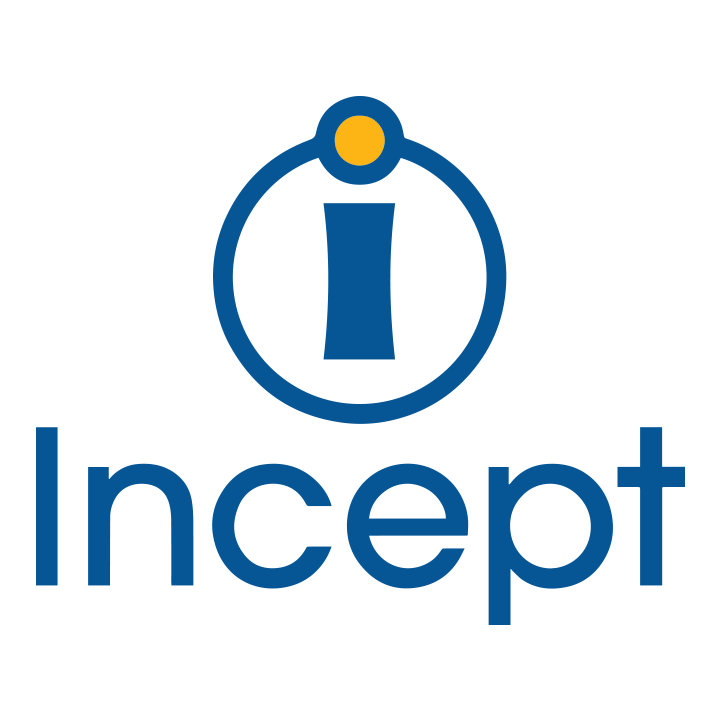SaaS and E-commerce companies continue to wrack their brains regarding the issue of how to handle their customer experience.
Should I eat the additional cost and do it all in-house?
Should I risk my customer experience suffering by using a new partner to handle it for me?
Can an outsourced partner even handle the technical issues some of my customers have?
This is only the beginning — each question brings with it deeper-level questions of balancing cost and benefit, risk and reward.
But let’s face it; growing technology companies may not always be in a position to effectively handle a full-service call center operation. Which is why it’s important to revisit the idea of co-sourcing your customer experience operations.
CUSTOMER RELATIONSHIPS ARE NOT CREATED EQUAL
It goes without saying that every customer relationship is important. Whether your service is transactional, recurring, or subscription-based, you need every customer to have a positive experience, and to know that they are valued. However, there are portions of your customer experience operation that are low-risk enough that the risk of outsourcing is offset by the cost-savings. These are things like tier 1 customer service inquiries or low-complexity technical support calls.
Keep the high-risk, technically complex questions in-house. If a customer has a major complaint to file, or is experiencing a technical problem that will cripple their business, that should absolutely be handled by your personally-selected internal team of customer service agents. But a billing question is a waste of time for your technical experts who are capable of handling more complex questions.
PAD YOUR OPERATION TO ACCOUNT FOR CHURN
Having a couple dozen outsourced customer service agents on-call can be a life-saver during unexpected times of high volume. I can’t tell you how many times I’ve been on the phone with a software company whose service isn’t working for some reason, only to hear, “We are experiencing higher than usual call volume. Please continue to hold.” At times like this, it’s crucial to have a backup plan in order to guarantee that every customer has an excellent experience.
One the other hand, the technology world can be merciless, and customers can be fickle. Should something drastic happen to your call volume, such as a new competitor stealing customers and call volume free-falling, having an outsourced partner can be a way for you to maintain internal stability. You never know when you’ll need to pull a few outsourced customer service seats back in-house in order to provide hours for your own valued employees.
LEAD GENERATION AND ONLINE SUPPORT
A quick note about two important areas that often times are not worth keeping in-house:
Using one of your own highly-qualified team members to call through a list of prospective customers in order to qualify leads is costly, and can, quite frankly, by insulting to the individual tasked with such a menial responsibility. The right partner can provide value to this integral area of your business by providing an outsourced FTE to provide entry-level lead generation services that still maintain your company’s culture and tone.
Online chat support is another area that should be viewed through the same scope as the tele-support issues mentioned above. Keep your own internal customer services agents on top of this during daytime, normal-traffic hours. But if things get out of hand with your internet support traffic, you’re going to regret not having a partner contact center up to speed. And it’s certainly not worth keeping a floor supervisor and an IT guy around after 5:00 p.m. to oversee after-hours chat operations.
MAKE THE CHANGE
The all-or-nothing operational theory of customer experience is outdated. Today’s economic climate coupled with the rising demand for a pristine customer experience have brought us to a point where we in the technology industry can neither afford to keep everything in-house, nor risk outsourcing our entire operation.
It’s a new year. Make 2016 the year that you and your company upgrade to co-sourcing.

